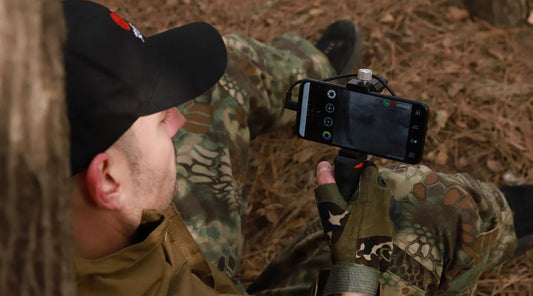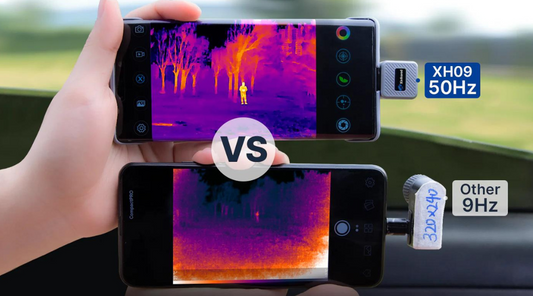Why Thermal Cameras are Essential for Modern Applications
Thermal cameras, utilizing infrared technology, have become crucial components in today's technological landscape. Their primary purpose is to capture and visualize temperature variations, offering a unique perspective that goes beyond the capabilities of traditional cameras.

Key Features of Thermal Cameras
Infrared Technology
At the core of thermal cameras is infrared technology, allowing them to detect and capture the heat emitted by objects. This capability provides a valuable advantage in applications where temperature differentials are critical for decision-making.
Temperature Sensing Capabilities
Thermal cameras excel in non-contact temperature measurement, offering precise readings without physical interaction. This feature is particularly valuable in industries such as manufacturing and healthcare, where accuracy is paramount.
Image Quality and Resolution
Advancements in thermal imaging have led to improved image quality and resolution. Modern thermal cameras can produce clear and detailed images, enabling accurate analysis and decision-making.

Applications of Thermal Cameras
Industrial Sector
Predictive Maintenance
Thermal cameras are instrumental in predictive maintenance, allowing industries to identify potential equipment failures by detecting abnormal temperature patterns. This proactive approach enhances operational efficiency and minimizes downtime.
Process Monitoring
In manufacturing, thermal cameras monitor industrial processes, ensuring optimal temperature conditions. This application contributes to the production of high-quality goods while maintaining the safety of equipment and personnel.

Healthcare Industry
Fever Detection
In the healthcare sector, thermal cameras play a crucial role in fever detection. By quickly and accurately measuring body temperatures, they contribute to the early identification of potential health risks, particularly in crowded spaces.
Medical Imaging
Thermal cameras have found applications in medical imaging, offering additional insights into conditions that may not be visible through traditional diagnostic methods. This aids healthcare professionals in comprehensive patient care.

Security and Surveillance
Intrusion Detection
Thermal cameras enhance security systems by detecting intruders based on their heat signatures, even in low-light conditions. This capability provides an added layer of protection for properties and sensitive areas.
Night Vision
Law enforcement and security personnel benefit from the night vision capabilities of thermal cameras, ensuring effective surveillance and monitoring during low-light situations.

Advantages of Thermal Cameras
Non-contact Temperature Measurement
The ability to measure temperature without physical contact is a significant advantage in various industries. This feature minimizes the risk of contamination in sensitive environments and improves overall safety.
Enhanced Visibility in Low-Light Conditions
Traditional cameras struggle in low-light conditions, but thermal cameras excel in darkness. This makes them invaluable for applications such as night surveillance and monitoring in poorly lit areas.
Real-time Monitoring and Analysis
Thermal cameras provide real-time data, enabling prompt decision-making. This is particularly beneficial in scenarios where immediate action is required, such as detecting anomalies in industrial processes or security breaches.

Considerations for Choosing Thermal Cameras
Budgetary Constraints
While the benefits of thermal cameras are evident, businesses must consider budgetary constraints. Identifying cost-effective solutions that align with specific needs is crucial for a successful implementation.
Specific Application Requirements
Different applications may have unique requirements. Understanding these requirements ensures that the chosen thermal camera solution is tailored to meet the specific demands of the intended use.
Integration with Existing Systems
Seamless integration with existing systems is paramount for the successful deployment of thermal cameras. Compatibility with other technologies ensures a cohesive and efficient operational environment.

The widespread adoption of thermal cameras in modern applications is a testament to their indispensable role across diverse industries. From enhancing security to revolutionizing healthcare, thermal cameras continue to shape the way we approach various challenges.




